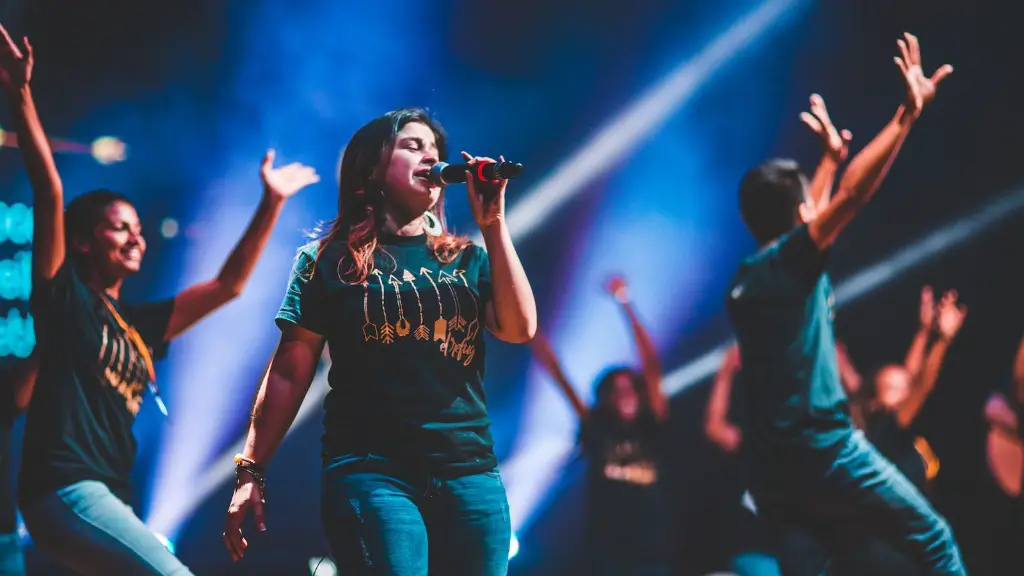So you want to become the master fashion illustrator? If you’ve got dreams of the catwalks, mastering the art of sketching models is a key step. Whether it’s a fashion portfolio or just personal fun, drawing successful fashion models is all about mixing precision, observation, and creativity. There are a few simple steps to help you get there.
First off, before you pick up the pencil and get sketching, it’s important to equip yourself with the right knowledge. Make sure to familiarize yourself with the human body in terms of proportions and anatomy. To capture movement and poses, you need to have an understanding of joints, muscles, and structure. Watch and analyze runway footage to get an idea of how proportion and position changes with each model. You can also find great reference materials and diagrams online that can help you out.
When sketching your model, start with the basic outline of the figure. To achieve this, visualize a line where the shoulders, hips, and the points of the feet meet and the imaginary lines around the waist and chest. Once you’ve established the proportions, you can start defining the volume and softness of the pieces. To get a realistic representation of fabric and movement, get creative and exaggerate form with shading. You can also experiment with sharp and curved lines to add a unique twist.
Capturing your model’s face is one of the most important parts of the sketching process. Start by sketching the basic shape of the face and the jawline, paying attention to ensure the proportions are correct. Then mark out the features, realigning the points of reference as many times as you need to get it perfect. Go light on the details and delicate strokes to avoid distortions. Contouring is also a great way to get more realistic shading.
The key to drawing a successful fashion model is to practice, practice, practice! Taking time to observe the models is essential to creating accurate poses and ultimately a great sketch. Don’t be afraid to make mistakes, they will help you learn and improve. After all, the best way to get comfortable with drawing fashion models is to make it second nature.
Once you’ve mastered the basic fashion figure, start playing with unique poses and techniques. Experiment with proportion by changing the size of limbs, or create an effect of movement by playing with the angle of the body parts. Take inspiration from clothing patterns such as pleats, ruffles, and sequins to add texture and realism to your sketch. Think outside the box and get creative!
Adding accessories to your sketch is the perfect way to add a bit of flavor to your drawing. Consider adding a bag, a pair of glasses, or details like jewelry to the outfit. When adding these smaller details, it’s the little things that count; using the right textures and proportions can really add life to your fashion sketch.
To wrap up your sketch, add the right colors and contrast. When applying colors to your model’s face, remember to keep it mono-chromatic. Use brighter colors for accents and shadows, then step back and take a look at your figure as a whole. If there’s an imbalance in the shading, you can easily fix it by adding more details or shifting your colors around.
By following these simple steps, you can become an illustration master in no time. Drawing models is all about having the confidence to experiment and learning from your mistakes. Don’t get discouraged when your sketches aren’t quite hitting the mark, and have fun with it! With a bit of practice, you’ll be strutting down the catwalk in no time.
Once you’ve sketched out your model start defining the form and volume by playing with lines and curves. Use shading to give the clothing a more natural flow, while avoiding sharp lines that could distort the shape. To capture the model’s face use subtle, light strokes in order to achieve the right proportions. To add a unique twist try exaggerating certain features and adding contrast through colors.
When it comes to accessories, insert those last to avoid disturbing your proportions. Experiment with details such as textures, patterns and colors in order to add an edge to your sketch. Accessorize according to the model’s outfit, and make sure to keep it within the same color palette.
To perfect your sketch it’s important to practice, practice, practice! If your model looks a bit off, take a step back and compare it to a few reference photos. Re-align the points of reference, or consider changing the light and shades for a more dynamic effect. Don’t be afraid to try new techniques and approaches, the more you experiment the faster you’ll get comfortable with drawing fashion models.
Drawing successful fashion models is all about having fun and getting creative. To help you out, think colors, contrasts and patterns that suit the model and her outfit. Also, try visualizing the figures and how they would look when moving and playing with perspective. Exaggerate poses, push the boundaries and be daring! After all, the only way to become a master fashion illustrator is to challenge yourself and don’t be afraid of failure.
So go ahead and show the world your creative flair, mastering the art of sketching models is just a few steps away. With the right knowledge, creativity, and practice you can create beautiful fashion illustrations worthy of the most exclusive catwalks!
